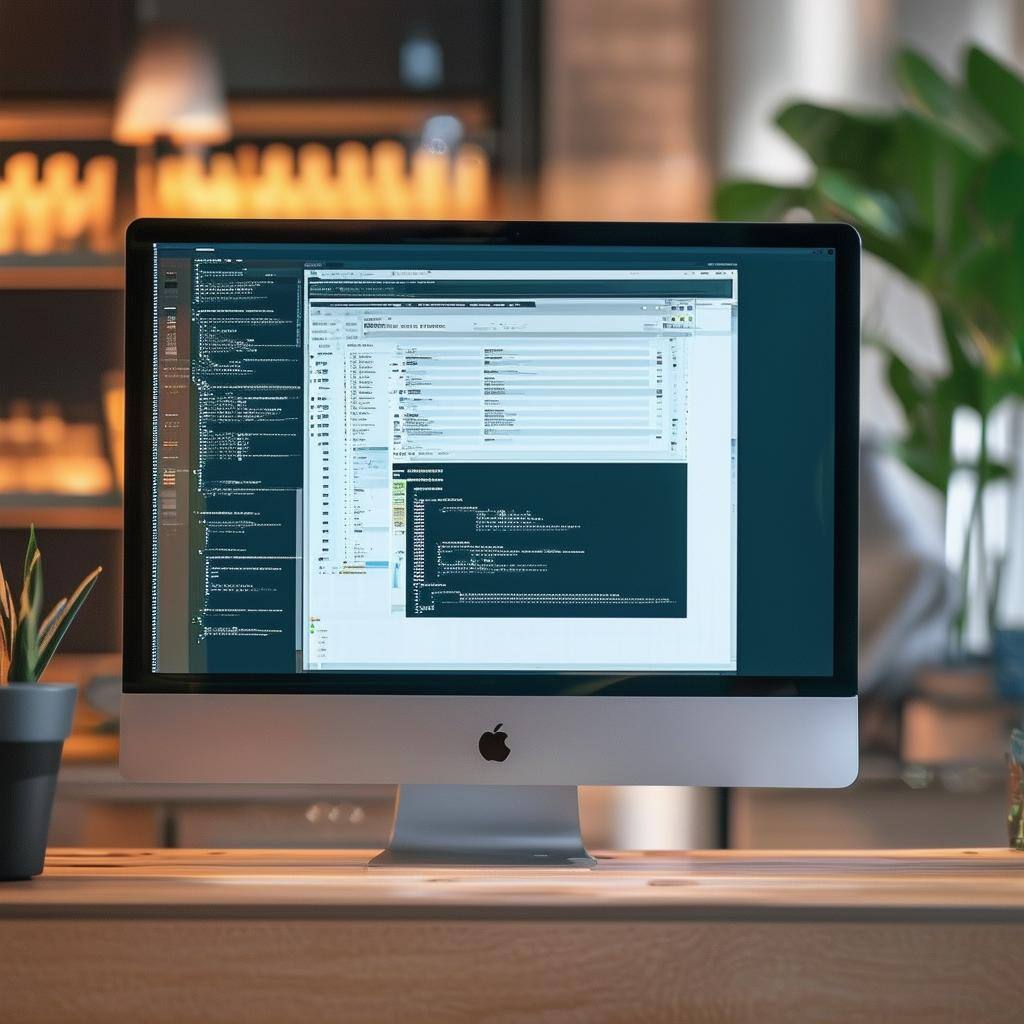3 Coaching Strategies to Help Your Business Grow

Coaching is entering all areas of our lives, with business and productivity being no exception. A study done by Ascencia Business School found that businesses too, can benefit from coaching services and techniques - a study conducted across 87 companies has shown that adopting coaching techniques can help businesses grow and increase their efficiency in terms of management style.
In this article, we provide an overview of a few coaching and behavioral science techniques to help you boost your personal productivity and business performance.
Exercise Your Attention with Games
Our first strategy is counterintuitive, but gaming has behavioral science-backed benefits. There are a variety of games available online, including strategy or luck-based games for smart tv that are popular worldwide. However, most people view them as relaxing and often not a very productive activity. While there is still a debate on how productive the games can be, a recent study has shown that smart TV games can improve memory and control impulsive behavior, which is often closely associated with business success.
Interactive games on TV were also shown to increase brain plasticity - the ability of your brain to adapt to changing circumstances based on the environment. In business, it is often crucial to redirect your attention quickly to fast-moving tasks and be able to juggle different priorities, and the brain mechanisms involved in these decisions are similar to those activated during TV & video games. This is called set-shifting, or the ability to move between different tasks with little or no difficulty.
360-Degree Feedback
360-degree feedback is perhaps one of the most important benefits that coaching has brought to the business world. It allows your employees to give and receive comprehensive, anonymous feedback from clients, peers, management team, and subordinates. It aims to provide well-balanced, full feedback to the employee from all angles of professional interactions.
For this feedback to be effective you need to identify a representative sample of participants who will give feedback - if your sample is biased heavily towards the managerial or client side, the person receiving the feedback will not get a full picture of their performance. The next step is to develop a structured questionnaire that will include key performance areas such as communication, managerial support, teamwork, creativity, leadership, and problem-solving.
It’s best to use free online tools to distribute this survey - for example, SurveyMonkey or similar software. Don’t just distribute the survey results to the employees, but instead make sure to schedule a review session and emphasize the importance of growth, while keeping track of your employee’s strong areas.
The key strength of this method is its ability to provide balanced feedback from all sides, rather than a typical manager-to-employee model that is one-directional. Rather than focusing on how well-managed an employee is, a 360-degree system helps your employees understand the impact they have on others, not just on their direct line managers or direct reports.
Last but not least, the 360-degree feedback model has been shown to improve communication across the team and build a more productive structure of work relationships.
Environment Optimization
Environment optimization involves four key steps - decluttering, ergonomics, noise control, and personalization. Decluttering is an obvious first step towards optimizing your physical business environment - unnecessary items not only clutter up the space but take away mental energy and attention that can be used elsewhere more productively. The same goes for digital space - coaches suggest using project management tools and optimization tools like Asana, Notion, Coda, and others.
The next step is ergonomics, especially in terms of furniture, lighting, and tech setup. Good posture promotes better focus, so ergonomic furniture that allows you to keep good posture is crucial - especially chairs and desks.
Adequate lighting reduces eye strain, and natural lighting is the best option if available. In terms of tech, there is now a wide variety of ergonomic mice and keyboards available. The monitor length and positioning are important as well - it’s best to keep the monitor at a hand’s length, on the same level as your eyes.
Noise control involves soundproofing and background music. Some people prefer perfect silence, while some opt for background noise such as green noise. Green noise has several productivity and health benefits. ‘Green’ in this case just means that it amplifies mid-range frequencies with uniform intensity, and green noise sounds are similar to the sound of the ocean. It has been shown to improve performance, reduce stress, and even improve sleeping patterns.
Last but not least is personalization, which means making the business space around you feel personal. Plants, photos, or other items of personal nature on your desk can make the space seem more comfortable, in turn enhancing your productivity and decreasing possible stress levels. Some research has even shown that having a ‘grounding object’ helps people in stressful business environments to deal with pressure.
Related Posts
Join the movement.
Your Entourage journey starts here. Join Australia's largest community of over 500,000 business owners and entrepreneurs, and receive instant access to exclusive content and updates delivered straight to your inbox.




